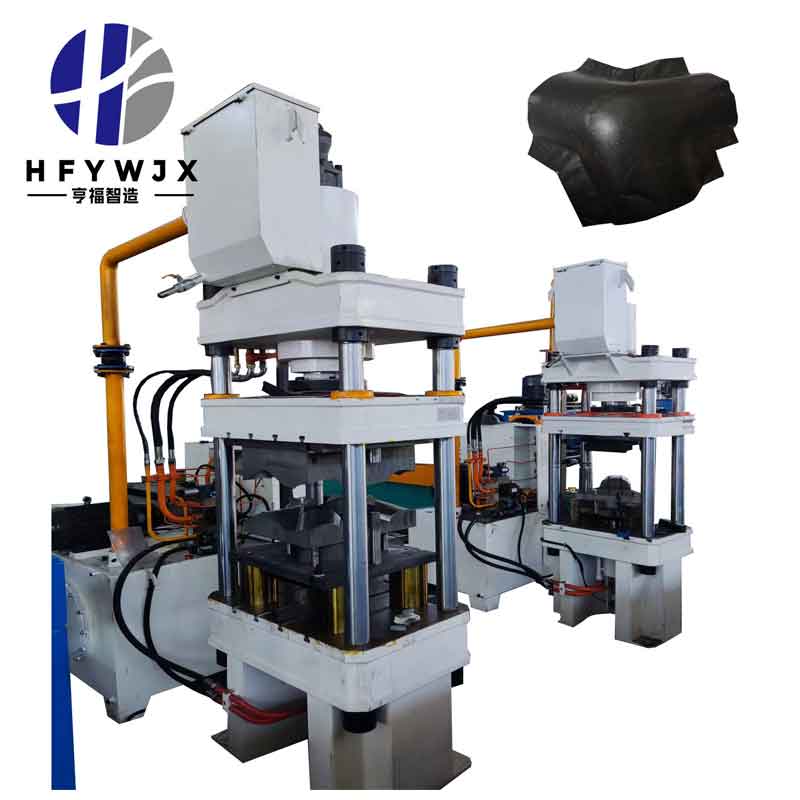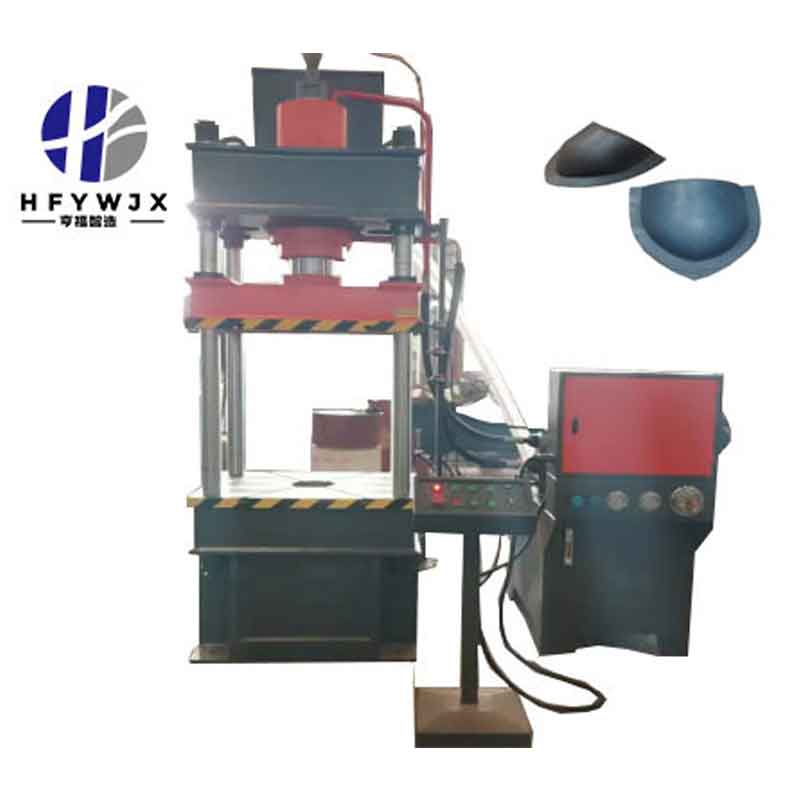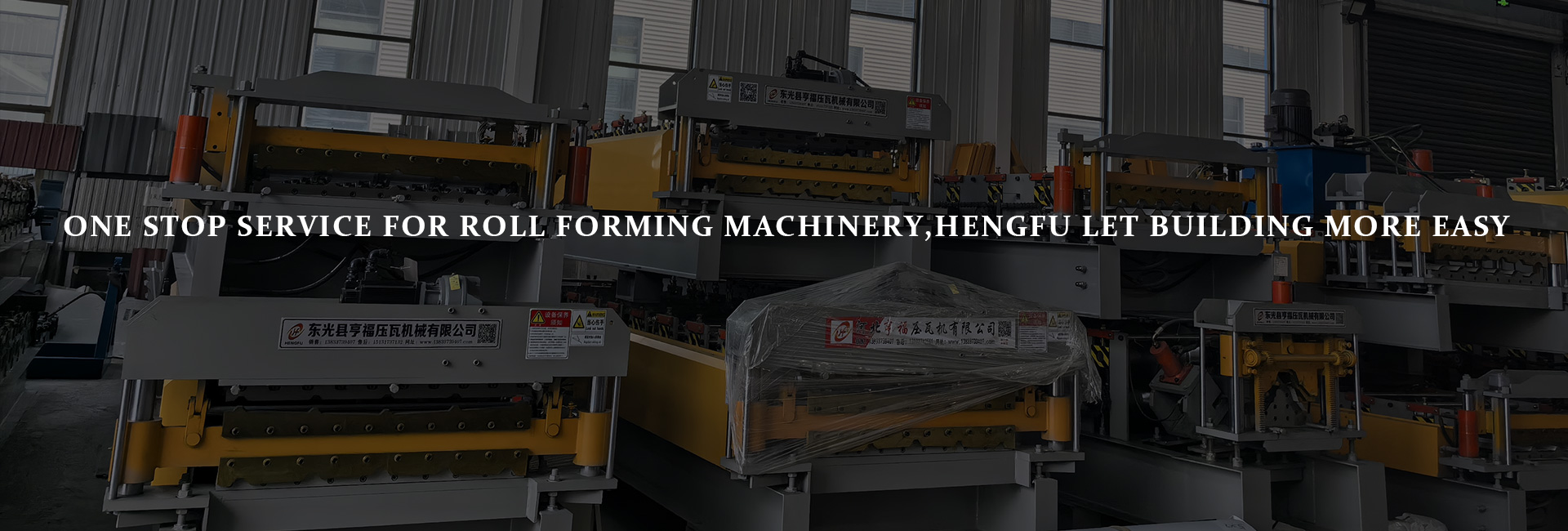Predictive Maintenance for Roll Forming Machines: Harnessing AI Innovations
writer:优化 release time:2025-08-19 12:01:54 Views:128frequency
Why Roll Forming Machines Demand Reliability
A Roll Forming Machine is the backbone of many industrial production lines, shaping metal sheets into precise profiles for buildings, vehicles, and equipment. However, continuous operation exposes the machine to stress, vibration, and wear. When unexpected failures happen, production stops and costs rise dramatically. This is why predictive maintenance supported by artificial intelligence (AI) is emerging as a vital tool—transforming maintenance from reactive to proactive.


Defining Predictive Maintenance
Predictive maintenance is a data-driven approach that uses IoT sensors, analytics, and AI to forecast component health and detect failures before they disrupt production. Instead of fixed inspection intervals, maintenance is performed only when data indicates a potential issue.
For a Roll Forming Machine, predictive systems can:
·Track roller alignment shifts.
·Detect bearing degradation via vibration.
·Anticipate gearbox failures.
·Optimize servicing schedules to reduce downtime.
Why Predictive Maintenance Matters for Roll Forming Equipment
Unlike simpler tools, roll forming lines have interconnected rollers, drives, hydraulic cutters, and electronic controls. A minor issue—such as uneven roller pressure—can lead to material waste or profile defects. Predictive maintenance ensures:
1.Fewer Disruptions – Detects issues early, keeping production continuous.
2.Cost Efficiency – Replaces parts only when needed, lowering expenses.
3.Extended Machine Life – Monitors wear cycles to protect key components.
4.Consistent Output Quality – Maintains accurate forming dimensions.
5.Operational Safety – Reduces risks linked to sudden equipment breakdowns.
Core AI Applications in Predictive Maintenance
AI technologies integrate with Roll Forming Machines to analyze large datasets collected from sensors. Typical applications include:
1. Vibration Monitoring
Tiny changes in vibration can indicate roller imbalance or bearing fatigue. AI recognizes abnormal patterns that humans may overlook.
2. Heat Tracking
Thermal imaging and sensors identify excess heat in motors, couplings, and hydraulic units, signaling lubrication problems or electrical strain.
3. Energy Consumption Profiling
By analyzing electrical loads, AI highlights irregular power usage, often caused by roller friction or drive inefficiencies.
4. Roller Alignment Detection
Laser-guided sensors combined with machine learning help pinpoint misalignment that could compromise product uniformity.
5. Predictive Failure Modeling
Historical fault data allows AI algorithms to forecast the Remaining Useful Life (RUL) of components, enabling smarter maintenance planning.


Implementation Roadmap
Rolling out predictive maintenance on a Roll Forming Machine requires a phased approach:
1.Baseline Recording – Establish normal operating data for vibration, current, and temperature.
2.Smart Sensor Deployment – Position IoT devices at bearings, rollers, and drives.
3.Algorithm Training – Feed historical failure cases into machine learning systems.
4.Real-Time Analysis – Monitor live data streams for unusual activity.
5.Actionable Insights – Schedule interventions only when AI flags anomalies.
6.Continuous Improvement – Refine models with updated machine behavior patterns.
Barriers to Adoption
Although the benefits are significant, challenges must be addressed:
·Data Accuracy – Incomplete data leads to false alerts.
·High Setup Investment – Advanced sensors and analytics software require upfront capital.
·Integration Complexity – Legacy machines may need adaptation for IoT connectivity.
·Skill Gap – Staff need training to interpret AI-driven insights effectively.
Emerging Trends in AI Maintenance for Roll Forming
The next wave of smart manufacturing will push predictive maintenance even further:
·Digital Twin Technology – Virtual simulations mirror machine behavior for accurate forecasting.
·On-Site Edge Processing – Data is processed at the machine level, ensuring instant responses.
·Cloud Ecosystems – Centralized platforms allow global monitoring of multiple production sites.
·Self-Adjusting Systems – Future Roll Forming Machines could auto-correct roller positioning and speed based on AI feedback.
Conclusion: Towards Intelligent Manufacturing
The performance of a Roll Forming Machine no longer relies solely on periodic servicing. AI-powered predictive maintenance empowers manufacturers to anticipate failures, extend machine life, and ensure consistent production quality.
By combining IoT sensors, machine learning, and real-time data analysis, predictive maintenance transforms equipment care from a cost center into a strategic advantage. As factories embrace Industry 4.0, adopting AI-driven maintenance strategies is essential for maximizing efficiency, reducing downtime, and securing the future of reliable metal forming.
References
GB/T 7714:Jakubowski J, Wojak-Strzelecka N, Ribeiro R P, et al. Artificial intelligence approaches for predictive maintenance in the steel industry: A survey[J]. arXiv preprint arXiv:2405.12785, 2024.
MLA:Jakubowski, Jakub, et al. "Artificial intelligence approaches for predictive maintenance in the steel industry: A survey." arXiv preprint arXiv:2405.12785 (2024).
APA:Jakubowski, J., Wojak-Strzelecka, N., Ribeiro, R. P., Pashami, S., Bobek, S., Gama, J., & Nalepa, G. J. (2024). Artificial intelligence approaches for predictive maintenance in the steel industry: A survey. arXiv preprint arXiv:2405.12785.







